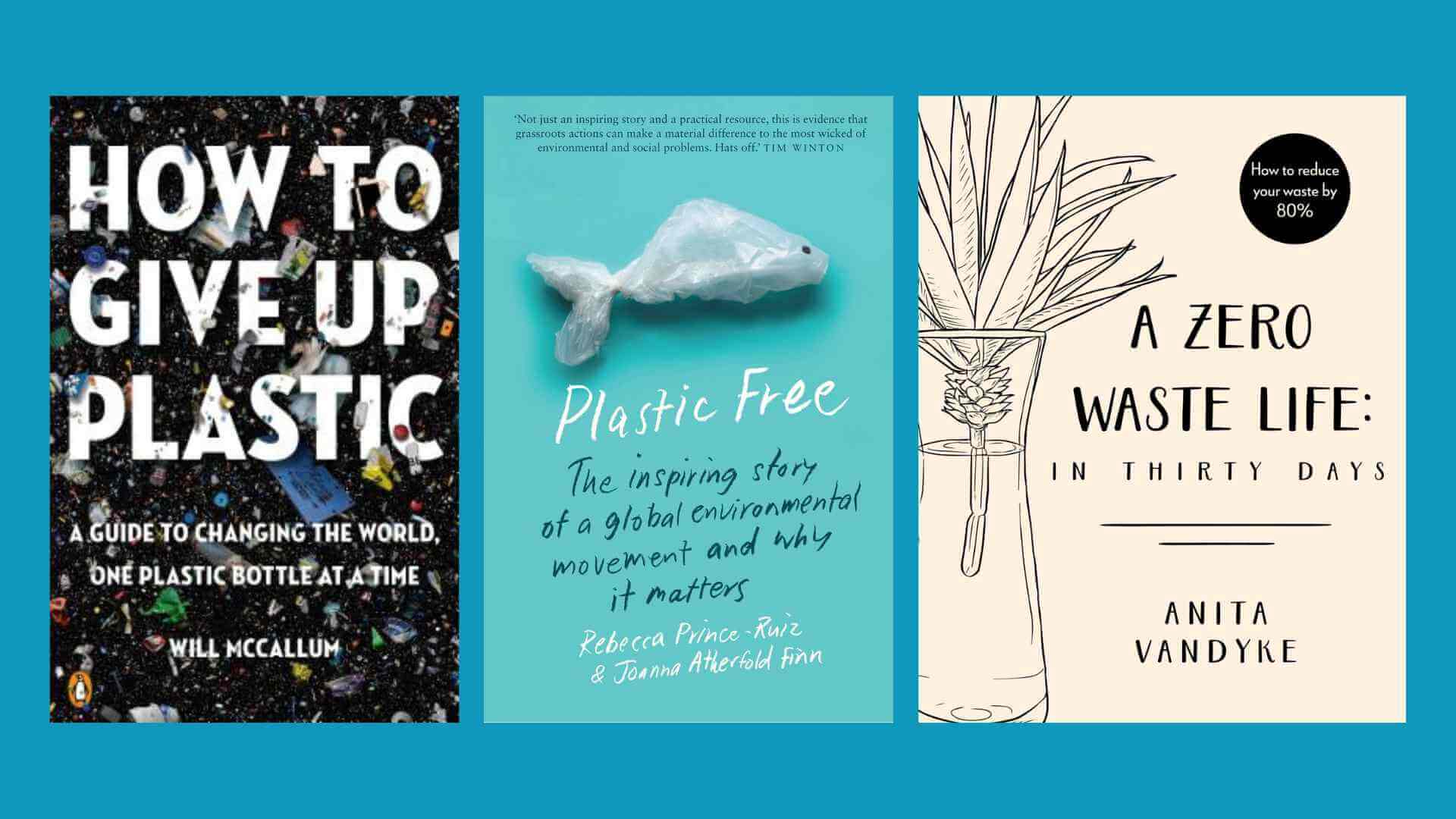Why Shining a Light on the Planet vs Plastic Pollution Problem Can Inspire Change

Plastic waste has become an environmental scourge, choking our oceans, littering our landscapes, and devastating fragile ecosystems and vulnerable wildlife. The sheer scale of the plastic crisis continues, and this year’s Earth Day 2024 rightly focussed on the planet versus plastic problem.
Plastic pollution and the climate crisis are intertwined threats. The production of plastic relies heavily on fossil fuels, releasing greenhouse emissions that trap heat and contribute to global warming. The plastic issue may even disrupt natural solutions, as microplastics could hinder the ocean’s ability to absorb carbon dioxide. Plus, as humans, we ingest microplastics via the water we drink, the air we breathe, and the food we eat. Addressing and saying no to plastic pollution is crucial not just for our oceans and wildlife, but for combating climate change.
One powerful way to highlight the issue of single-use plastic waste and the urgency to find solutions to pollution is with impactful visuals. The visuals shine a light on the issue and inspire businesses, governments, and individuals to take collective action to change. Meanwhile, the end goal is to curb plastic production, improve waste management, and encourage people to transition to a more sustainable way of living.
Related: 45 Catchy No Plastic Slogans
Photographers Highlighting the Climate Crisis at Large
The state of the environment right now has sparked so much creativity in photographers and artists around the world, with the following creatives using this medium as a way to highlight the issues around them.
Ragnar Axelsson
Ragnar Axelsson is working on a three-year project documenting the lives of people in the eight countries of the Arctic,at this pivotal time in our climate change journey. Axelsson’s work goes beyond the now-ubiquitous images of melting glaciers and receding ice shelves. He shines a light on the human stories rarely told – the struggles of communities forced to adapt to a rapidly shifting environment, the disruption of ancient traditions honed for survival, the fear for a future where the very ground beneath their feet seems to be melting away.
By amplifying these voices, Axelsson compels us to confront the true cost of climate change. He doesn’t just present us with data and statistics; he shows us the human faces behind the numbers, the real people whose lives and livelihoods hang in the balance. His work serves as a stark reminder that climate change isn’t just an abstract environmental threat – it’s a human crisis with far-reaching consequences.
Related: 14 Best Plastic Free Books to Read in 2024
Mandy Barker
Mandy Barker is another example of a photographer creating stunning images of discarded objects around the world, from beaches and shorelines where plastic bags, bottle caps and packaging wash up on our coastlines. Her work has a significant aim – to raise awareness of the extent of plastic pollution and its impact on our ecosystems. Barker has been photographing plastic waste since 2010 and has worked on several projects focused on this subject.
Her photography isn’t limited to pristine studio shots or staged compositions. Instead, she ventures out to the very real battlegrounds of plastic pollution – the world’s coastlines. Here, her lens captures the heart-breaking reality – beaches choked with plastic debris, shorelines littered with discarded objects, once vibrant ecosystems now marred by the remnants of our throw-away culture.
These photographs showcase the sheer volume and variety of plastic waste that infiltrates our oceans. Barker’s meticulous compositions often mimic the appearance of sea creatures or coral reefs, forcing us to confront the deceptive nature of this plastic onslaught. At first glance, a mesmerizing pattern might appear, but closer inspection reveals the disturbing truth – what seems beautiful is, in fact, a deadly threat to marine life.
Related: River Cleaning Technology: To Clean the Oceans, We Start With Rivers
Benjamin Von Wong
Canadian artist and photographer Benjamin Von Wong’s path wasn’t always paved with thought-provoking imagery crafted from recycled materials. His artistic journey began with a far more celestial focus – photographing stars as a way to unwind from his demanding job as a mining engineer.
Fast forward nearly a decade, and Von Wong’s portfolio boasts collaborations with industry giants like Nike, Nikon, and Dell. However, his artistic goals have undergone a significant shift. Today, he dedicates his talents solely to projects with a powerful social or environmental message.
Von Wong’s approach is one of interconnectedness. He likens himself to a “pollinator,” flitting between issues, recognizing their inherent links. “You can’t tackle one thing without tackling another,” he emphasizes. For instance, addressing plastic pollution in the ocean necessitates considering poverty, while tackling deforestation demands a conversation about agriculture.

Image credit: award-winning photographic work by Benjamin Von Wong
Related: Could Technology Be the Answer to Saving Our Oceans from Plastic Pollution?
Nick Brandt
Acclaimed photographer Nick Brandt’s series, SINK/RISE, is a powerful chapter in his ongoing global project, The Day May Break. This series poignantly portrays the Fijian people grappling with the harsh realities of climate change. Brandt’s project isn’t about distant threats; it shines a light on communities already living with the devastating consequences. The Pacific Islands, including Fiji, are on the frontline of the climate crisis, bearing the brunt of rising sea levels and extreme weather events.
Reports by the World Meteorological Organization (WMO) paint a grim picture. Sea levels in the South-West Pacific are rising at an alarming rate, exceeding the global average. Fiji, battered by recent cyclones, has witnessed catastrophic flooding, displacing people, claiming lives, and crippling the economy. Unsurprisingly, the Fijian government identifies climate change as the gravest security threat in the Asia-Pacific region. This sentiment is echoed by global risk reports, highlighting environmental and climate threats as dominant concerns for the coming decade.
Related: 4 Ways Plastic Bottles Exacerbate Fuel & Energy Inefficiencies
Photography as a Way to Inspire Plastic Free Living
The problem of plastic pollution and the wider climate crisis is staggering. Worldwide, we produce over 380 million tons of plastic waste each year, with the vast majority ending up in landfills, oceans, and natural environments. It’s estimated that there are now over 5 trillion pieces of plastic floating in our seas, creating massive garbage patches that disrupt marine ecosystems and threaten the health of countless species. This has a knock-on effect to our wildlife, our environment and the livelihoods of people living in impacted destinations.
Plastic production is expected to double over the next 20 years if drastic action is not taken. The way stories are told through editorial photography and the perspectives they showcase can have a profound impact on how people actively respond to the crisis by adopting a plastic-free lifestyle and inspiring their families and friends to follow


